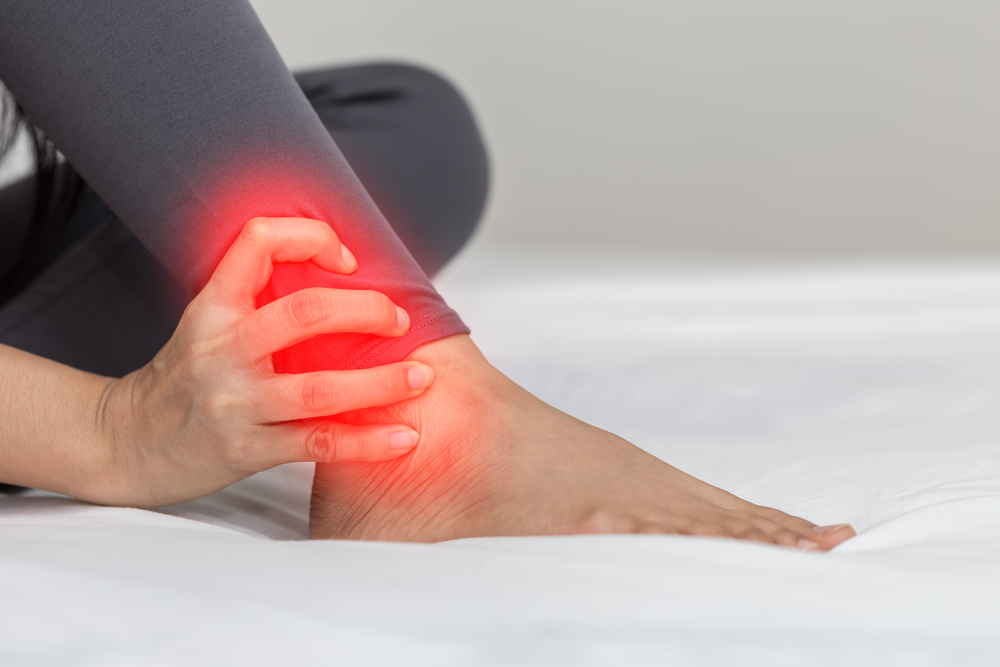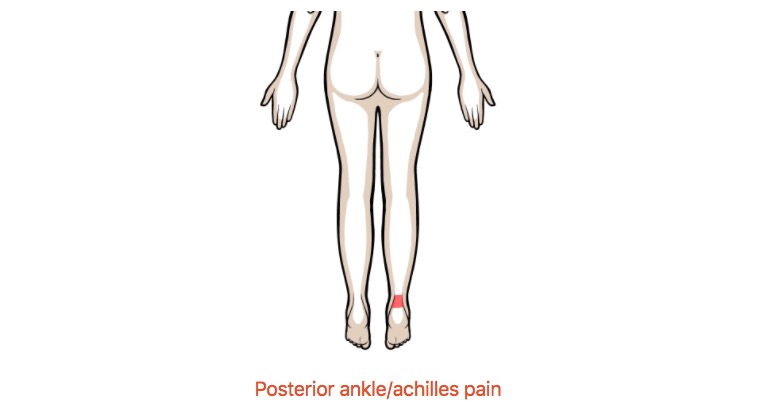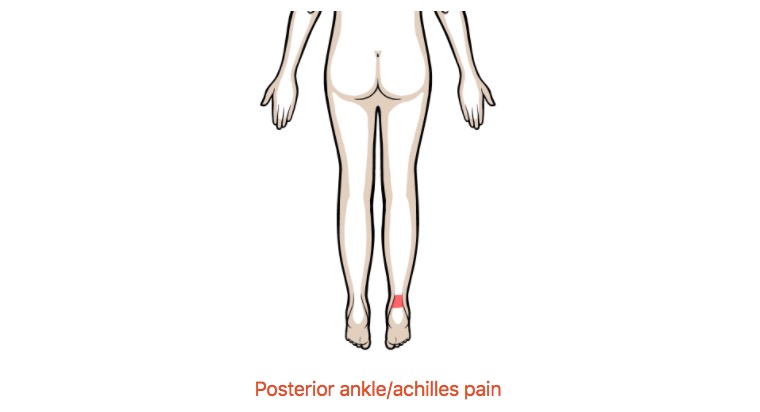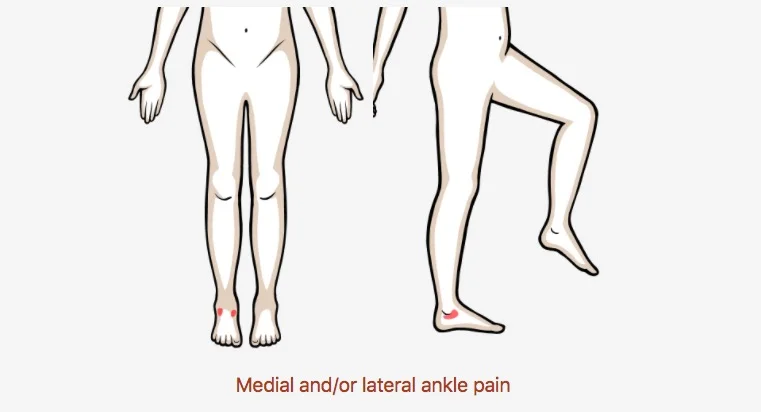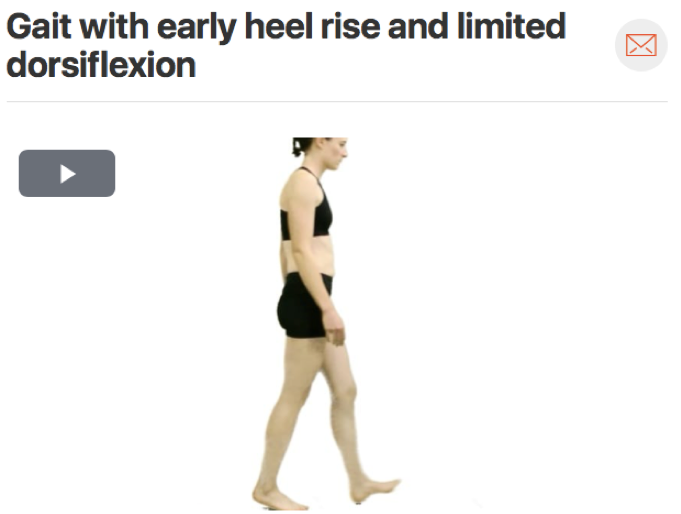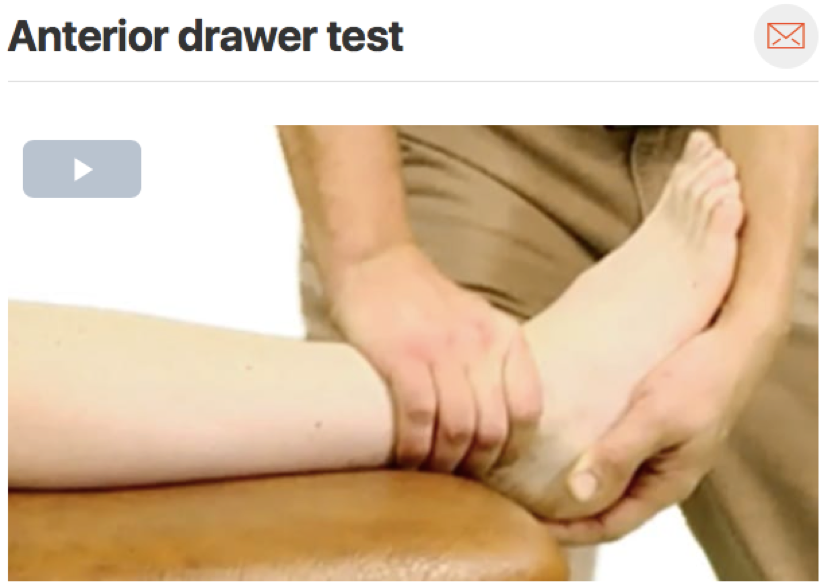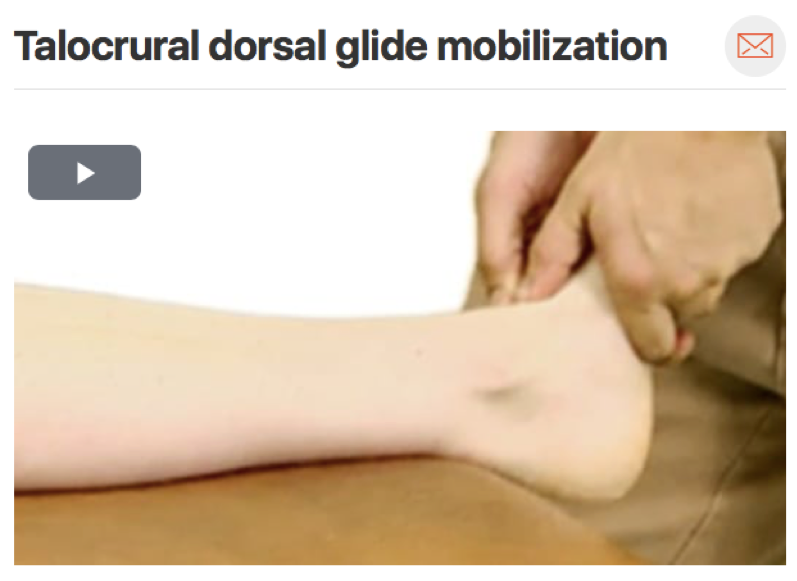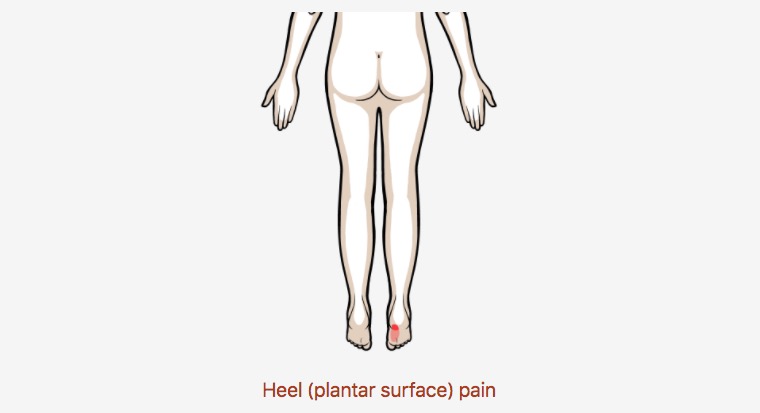From anatomy to discovering the patient!
- Ankle joint accounts for 10% to 34% of all sport-related injuries, with lateral ankle sprain comprising 77% to 83% of these injuries
- The overall incidence of lateral ankle sprain may be underestimated because approximately 50% do not seek medical attention after injury
- 100% of 117 therapists who responded noted plantar fasciitis was the most common foot condition seen in the clinic
- In the athletic population, plantar fasciitis is a common injury reported by both high school, competitive and recreational distance runners
See more prevalence information in the Clinical Pattern Recognition: Orthopaedics app here
Meet the 8 common ankle/foot pain patients from the Achilles Tendonitis Clinical Practice Guidelines, Ankle Stability and Movement Coordination Clinical Practice Guidelines, Heel Pain Clinical Practice Guidelines, and MORE!
Clinical Pattern Recognition
Click on the pain pattern to learn about the patients and develop your clinical patterns!
2. Ankle arthrosis- Ankle pain and mobility deficits (Watch 1 min video)
2. Achilles tendinosis- Ankle stiffness and muscle power deficits (Watch 1 min video | Step-by-step Guide)
4. Ankle sprain- Ankle stability and movement coordination impairments (Watch 1 min video | Step-by-Step Guide)
5. Hallux rigidus- Great toe pain and mobility deficits (Watch 1 min video)
6. Posterior tibialis tendinitis/tendinosis- Ankle pain and muscle power deficits (Watch 1 min video | Step-by-Step Guide)
7. Plantar fasciitis - Heel pain (Watch 1 min video | Step-by-Step Guide)
8. Tarsal tunnel syndrome- Ankle and foot radiating pain (Watch 1 min video)
Sources:

